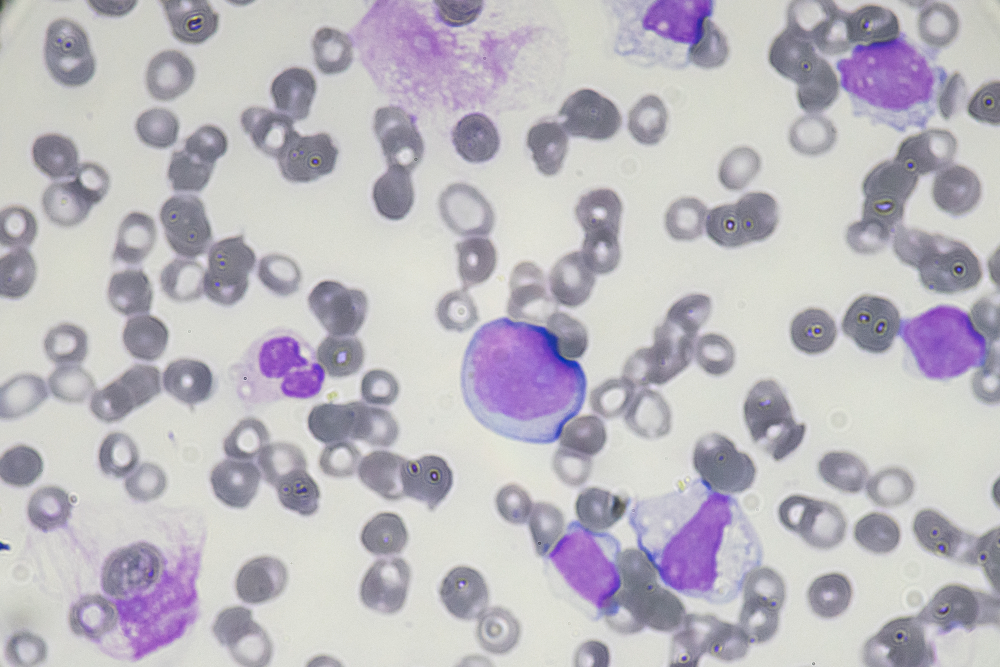5 Steps For Pursuing a Camp Lejeune Lawsuit
Last year, President Biden signed the Camp Lejeune Justice Act of 2022 into law, opening up an extraordinary opportunity for military victims. Over a million people were exposed to contaminated water wells at Camp Lejeune, a Marine Corps military base in North Carolina. The toxic exposure stretched over decades, though there is evidence that the federal government knew about the contamination and didn’t act as quickly as it could’ve. When the government finally shut down the water plants in the 1980s, many had already been diagnosed with cancer and other illnesses linked to the chemicals in the affected water.
Before the Camp Lejeune Justice Act of 2022, these military veterans could only file claims with the U.S. Department of Veteran Affairs for any health complications caused by Camp Lejeune’s toxic exposure. The legislation is part of the PACT Act, which expands resources for veterans injured by toxic substances. It created a two-year window for Camp Lejeune victims to file lawsuits against the federal government. Veterans, family members, and civilians have until August 10, 2024, to seek compensation for their losses. While it may seem like a long time, starting the process as soon as possible is essential because of the high volume of cases.

Before starting the process, ensuring you’re eligible to pursue a Camp Lejeune lawsuit is vital. To qualify, you must have worked or lived at Camp Lejeune for at least 30 days between August 1953 and December 1987. You must also be able to show that you developed a health condition because of your exposure to water contamination. Remember that you can file a Camp Lejeune lawsuit even if you didn’t serve in the military. You can also file for a loved one who died from a Camp Lejeune-related illness. If you think you are eligible for a Camp Lejeune claim, it’s time to move on to the next steps.
1. Contact a Camp Lejeune Lawyer
Contacting a Camp Lejeune lawyer is the first thing that you should do. You can file pro se, meaning you’d represent yourself in court, but it’s advisable to find an attorney for your Camp Lejeune claim. Hundreds of law firms are advertising to Camp Lejeune clients, so choosing the right Camp Lejeune lawyer who can get you results is crucial.
Don’t be afraid to ask questions. You should ask whether you’ll owe any fees upfront — if they say yes, it’s a potential red flag. You can also inquire about which fields of law they specialize in and how many other Camp Lejeune claimants they represent. A qualified Camp Lejeune lawyer can answer your questions throughout the process and help you move to the next step: filing an administrative claim.
2. Gather Documentation
Making a mistake on your Camp Lejeune claim form can lead to unnecessary delays, so your attorney can help ensure everything is correct. You’ll need your DD214 form to prove that you were stationed at Camp Lejeune and medical records showing your relevant diagnoses. It isn’t enough to show that you spent time at Camp Lejeune — you must also show that you experienced harm due to toxic water exposure.
3. File A Camp Lejeune Administrative Claim
The Navy Judge Advocate General (JAG) Corps handles all Camp Lejeune claims. On the form, you’ll be asked for basic identifying information and information about where you lived at the time of the exposure. The document lists the following as qualifying conditions:
- Bladder cancer
- Kidney cancer
- Liver cancer
- Adult leukemia
- Childhood leukemia
- Multiple myeloma
- Parkinson’s disease
- Non-Hodgkin’s Lymphoma
- Cardiac defects
- Systemic sclerosis/scleroderma
- Aplastic anemia & other myelodysplastic syndromes
- Other kidney diseases
If you don’t have any of the above conditions, there’s a field where you can input something that isn’t listed, although cases without one of the qualifying conditions may be more complicated. When you submit the claim, you must affirm that you are being truthful and not presenting a false claim. You can send the form via email or by mail.
4. Wait Six Months
The Navy JAG Tort Claims Unit has 180 days to respond to Camp Lejeune claims with a settlement offer or a denial. When the Camp Lejeune claims process was announced, claimants expected to hear back within six months. But the process has since been delayed due to staffing shortages and funding problems, and no cases were settled within the first six months of the Camp Lejeune Justice Act going into effect. Thousands of claims are pending, and the U.S. government hasn’t settled any cases yet.
5. File A Camp Lejeune Lawsuit
You likely won’t hear anything from the Navy JAG Tort Claims Unit in the 180 days after you submit an administrative claim. You can file a Camp Lejeune lawsuit if you don’t receive a response, get a denial, or the government proposes a dissatisfactory settlement offer. Over 1,000 cases have already been filed, though it’s unclear when Camp Lejeune victims will see settlement money. If you were exposed to the toxic water at Camp Lejeune and later became sick, you should talk to a Camp Lejeune attorney and file an administrative claim as soon as possible. Starting the process gets you one step closer to the compensation you’re owed because of your preventable injuries.



















